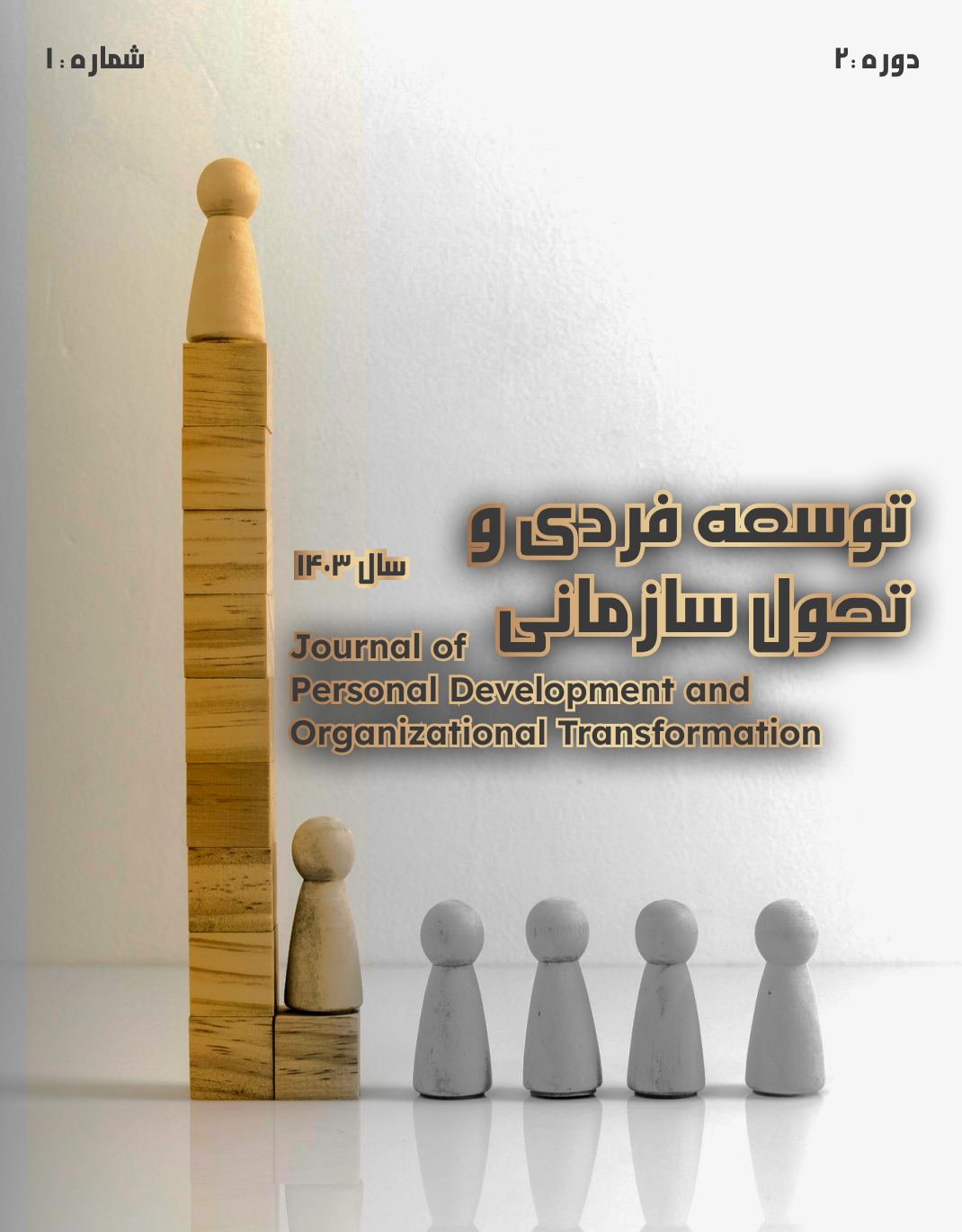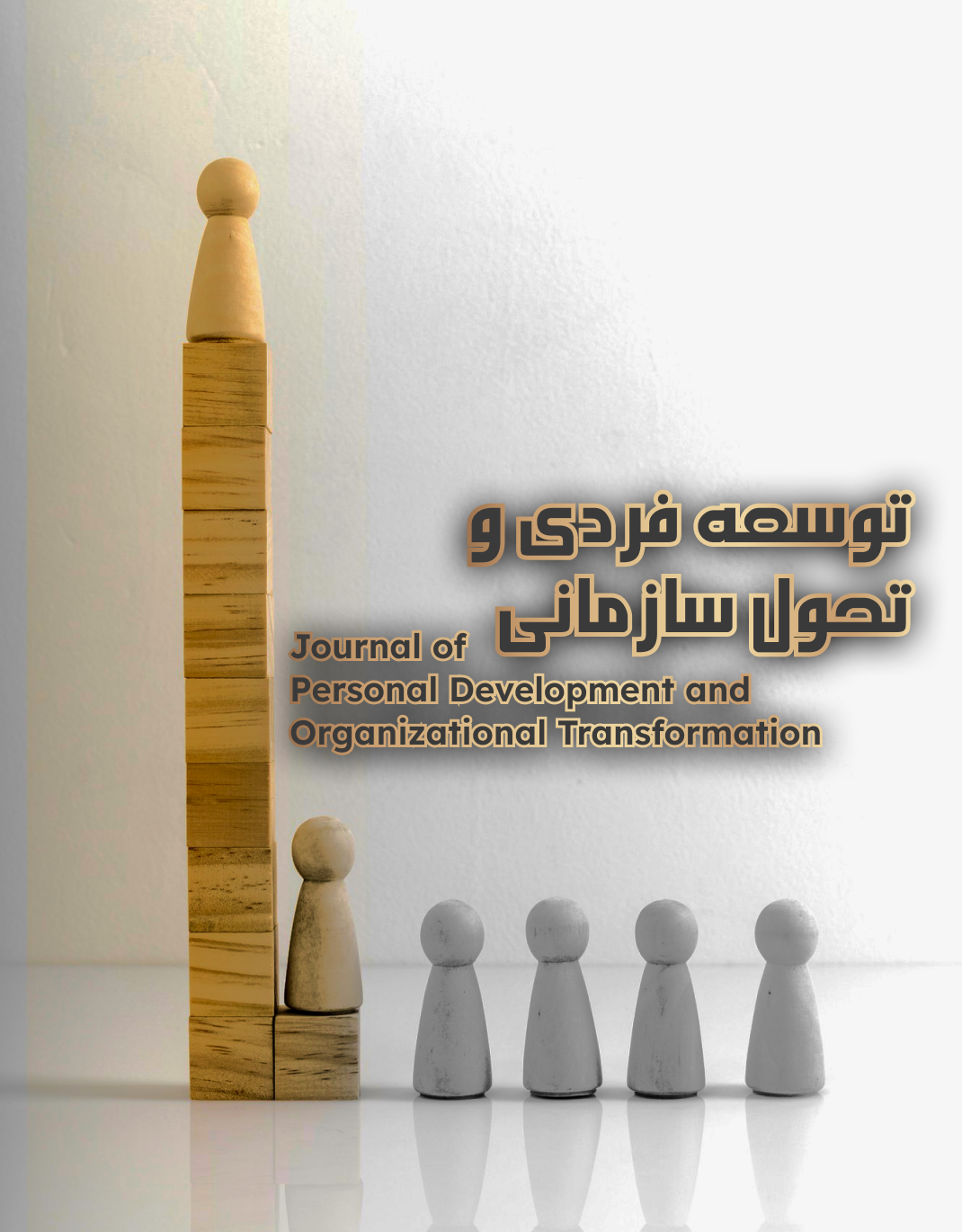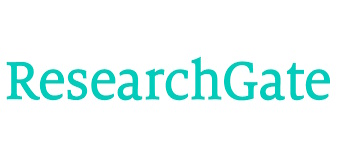Identifying and Determining Causal Relationships Between Challenges and Strategies for Fintech Market Development Based on a Hybrid Approach of Thematic Analysis and DEMATEL
Keywords:
FinTech, Market Development, Content Analysis, DEMATEL, Causal Relationships, Marketing StrategyAbstract
Given the rapid growth of financial technologies (FinTech) and the critical importance of market development in Iran, identifying key challenges and strategies, as well as understanding the causal relationships among them, is an essential necessity for policymakers and industry stakeholders. This study aims to identify and explain the causal relationships between the challenges and strategies of FinTech market development using a hybrid approach consisting of qualitative and quantitative phases. In the qualitative phase, using thematic analysis and conducting semi-structured interviews with 20 managers and experts from licensed FinTech companies under Shaparak (including Zarinpal, AsanDaryaft, Baleh Financial Messenger, EasyPay, and Iranian Credit and Reward Card), the main challenges and strategies were identified. In the quantitative phase, the extracted indicators were first validated using the Content Validity Ratio (CVR) and then the causal relationships among them were analyzed using the DEMATEL method. The results revealed that regulatory barriers and weak digital infrastructure are the most influential causal factors, which affect consequential challenges such as distrust in technology, price sensitivity, and cultural barriers. Furthermore, strategies such as branding, customer education, and the utilization of social networks were identified as key factors in reducing barriers and facilitating market development. Based on these findings, a conceptual model for FinTech market development was designed, which can serve as a decision-making foundation for regulators and FinTech companies in formulating policies and development programs.
Downloads
References
Al-Mawali, H., Obeidat, Z. M., & Alshurafat, H. (2023). Identifying and ranking the critical success factors of fintech adoption: A fuzzy DEMATEL approach. Competitiveness Review, 33(5), 1021-1045. https://doi.org/10.1108/CR-04-2023-0090ER -
Al-Mawali, H., Obeidat, Z. M., Alshurafat, H., & Al Shbail, M. O. (2023). Identifying and ranking the critical success factors of fintech adoption: a fuzzy DEMATEL approach. Competitiveness Review: An International Business Journal(ahead-of-print). https://www.emerald.com
Alaassar, A., Mention, A. L., & Aas, T. H. (2021). Exploring a new incubation model for FinTechs: Regulatory sandboxes. Technovation, 102237. https://doi.org/10.1016/j.technovation.2021.102237
Alika, V. A., Santoso, S., Nurmaliki, S., & Anisa, N. (2021). Marketing strategy of Sharia financial institutions to promote Sharia fintech and micro and small enterprises (MSEs). Proceedings of the 1st MICOSS Mercu Buana International Conference on Social Sciences, https://doi.org/10.4108/eai.28-9-2020.2307373
Alizadeh, H., Khorramabadi, M., Saberian, H., & Keramati, M. (2024). Qualitative Study to Propose Digital Marketing based on Customer experience: Considering Grounded theory (GT). Business, Marketing, and Finance Open, 1(6), 86-98. https://doi.org/10.61838/bmfopen.1.6.8
Appel, G., Grewal, L., Hadi, R., & Stephen, A. T. (2020). The future of social media in marketing. Journal of the Academy of Marketing Science, 48(1), 79EP - 95. https://doi.org/10.1007/s11747-019-00695-1
Barone, A. (2021). Marketing strategy definition. In.
Barrio Oton, P. (2021). Social media marketing in the fintech ecosystem: The case of Moonfare https://ieeexplore.ieee.org
Hammerschlag, Z., Bick, G., & Luiz, J. M. (2020). The internationalization of African fintech firms: Marketing strategies for successful intra-Africa expansion. International Marketing Review, 37(2), 299-317. https://doi.org/10.1108/IMR-05-2019-0130
Jünger, M., Mietzner, M., Kurniawan, D., Tumbuan, W. J. F. A., & Roring, F. (2020). Banking goes digital: The adoption of fintech services by German households Pengaruh brand image, viral marketing, dan brand trust terhadap keputusan penggunaan aplikasi e-money fintech pada mahasiswa di Universitas Sam Ratulangi saat pandemi COVID-19. Finance Research Letters, 34(3), 101260. https://doi.org/10.1016/j.frl.2019.08.008 10.35794/emba.v9i3.34981
Rodrigues, A. R. D., Ferreira, F. A. F., & Teixeira, F. J. (2022). Artificial intelligence, digital transformation and cybersecurity in the banking sector: A multi-stakeholder cognition-driven framework. Research in International Business and Finance, 59, 101518. https://doi.org/10.1016/j.ribaf.2022.101518
Sampat, B., Mogaji, E., & Nguyen, N. P. (2024). The dark side of fintech in financial services: A qualitative enquiry into fintech developers' perspective. International Journal of Bank Marketing. https://doi.org/10.1108/IJBM-07-2022-0328
Utomo, H. S., Budihantho, M., & Listyorini, S. (2022). The effect of market orientation on the use of fintech and utilization of online-based marketing technology and its implications on SME marketing performance. https://doi.org/10.4108/eai.3-8-2021.2315084
Zarrouk, H., Ghak, T. E., & Bakhouche, A. (2021). Exploring economic and technological determinants of FinTech startups' success and growth in the United Arab Emirates. Journal of Open Innovation: Technology, Market, and Complexity, 7(1), 50. https://doi.org/10.3390/joitmc7010050
Downloads
Published
Submitted
Revised
Accepted
Issue
Section
License
Copyright (c) 2024 Seyed Mani Sadraee (Author); Farideh Haghshenas Kashani; Mehdi Karimi Zand (Author)

This work is licensed under a Creative Commons Attribution-NonCommercial 4.0 International License.







